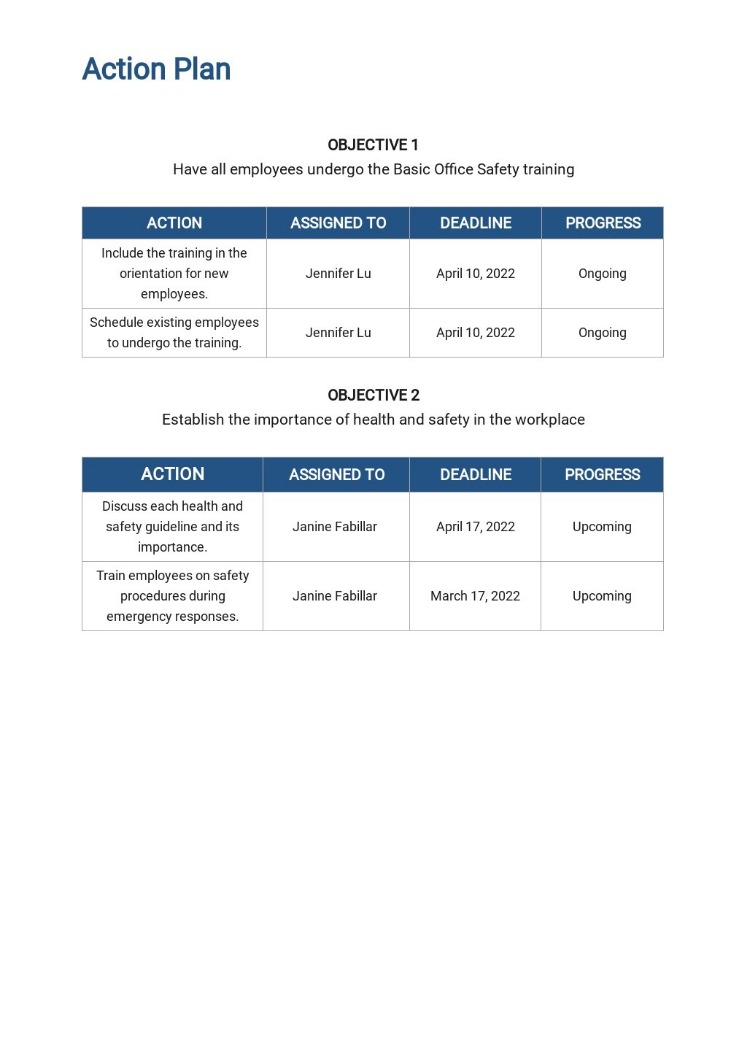In today’s fast-paced business environment, effective communication within teams and organizations is crucial. One of the emerging tools that play a pivotal role in enhancing internal communication is employee feedback software. By harnessing the power of this tool, companies can significantly improve their engagement and productivity.
The Importance of Feedback in Employee Growth
Continuous feedback is essential for the growth and development of employees. Traditional methods of feedback, often conducted annually or semi-annually, fail to capture the regular performance data necessary for timely and constructive criticism. With the advent of employee feedback software, organizations can offer real-time insights that help employees grow and adjust their performance throughout the year.
How Employee Feedback Software Transforms Workplace Communication
By implementing these digital solutions, companies are able to redefine how feedback is delivered and received. Advanced employee feedback software provides a platform for ongoing dialogue between managers and team members, fostering a culture of transparency and openness.
Moreover, this technology helps eliminate biases by offering structured and data-driven assessments. Employees can gain a clear understanding of expectations and areas for improvement, which in turn encourages accountability and motivation.
Organizations looking to upgrade their communication strategies should consider adopting these platforms. For more insights on how this can revolutionize your workplace, visit this comprehensive employee feedback software article.
Key Benefits of Implementing Feedback Tools
Some of the primary benefits include improved employee engagement, enhanced performance management, and a reduction in employee turnover. By providing employees with regular, actionable insights, organizations can address concerns before they escalate, ultimately leading to higher satisfaction and retention rates.
Incorporating employee feedback software into your existing HR processes not only boosts morale but also aligns individual objectives with the organization’s goals, leading to a more cohesive and productive workforce.
In conclusion, the adoption of these platforms is no longer optional for businesses aiming to stay competitive. By transforming how feedback is managed and delivered, companies can ensure sustained growth, improved communication, and a positive work environment.






